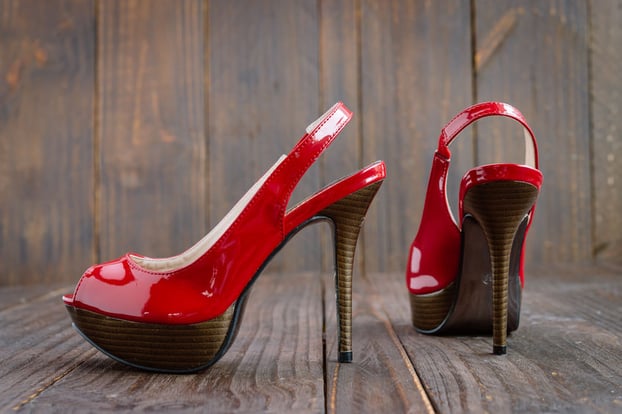
As an employer, concern for employee safety must be the first priority. Employees, when left to their own devices, will often times choose looks and convenience over what they should be using and wearing in order to achieve real meaningful safety compliance in the workplace. Not everyone enjoys wearing safety glasses or placing a hardhat on their head. Unless adjusted properly, hardhats for some employees become a nuisance and annoyance. Is it “cool” to wear real steel toed work boots? When it comes to the workplace, let me break down looking good on the job vs. being safe.
Safety compliance may not be the fashion some workers prefer in the workplace, but safety compliance is a state of mind. For instance, an employer who takes safety seriously will require all workers to comply with the use of personal protective equipment at all times when working. Employers and workers must enforce the rules consistently and with consequences should an employee refuse to comply in the workplace involving a failure to use and wear personal protective equipment. Employers must not tolerate anything less than the “odd-man-out” mentality. Employees must likewise feel that not wearing a hard hat or failing to use safety glasses at all times will make them appear to be the exception, rather than the norm.
OSHA believes it does not have sufficient enforcement powers to incentivize employers to consistently police and enforce safety rules for the protection of employees in the workplace. For instance, OSHA has tried to implement an expanded fine policy to enhance penalties designed to exponentially increase the impact of a single violation. Thus, if a single employee is not trained on the use of a hardhat in the workplace, not only will OSHA impose a fine for that single violation, but will multiply the violation by the number of employees in the workplace – in essence a per employee violation standard, rather than simply limiting the violation to a single instance. As example, a $1,000 proposed fine can then become a $100,000 fine if all 100 employees were not trained and using a hardhat as required for personal protective equipment in the workplace.
In the end, it pays to overcome employee preferences for looking good in the workplace versus being safe at all times with training and enforcement of safety rules and regulations.
If you have further questions concerning this subject and workplace safety, continue and follow our Risk Manager on Your Side or contact Bruce Smith at Goosmann Law Firm, 410 5th Street, Sioux City, Iowa 51101. Phone: 712-226-4000.






Let Us Know What You Thought about this Post.
Put your Comment Below.